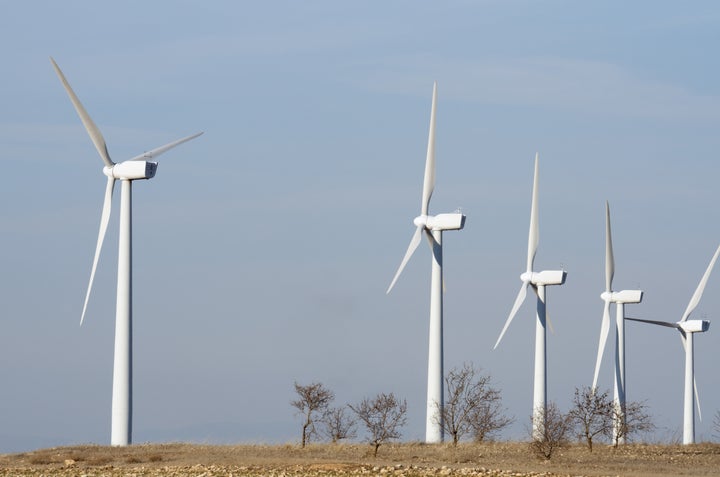
I've read several reviews of Ozzie Zehner's book, Green Illusions: The Dirty Secrets of Clean Energy and the Future of Environmentalism, and I must say, they've all been too kind. This is a book that claims to teach undergraduate and graduate students to critique the way we think about clean energy -- to question why and how environmental questions are framed.
Students should certainly learn to be, if anything, overly critical and even skeptical, because it is how you learn best. But that doesn't seem to be the intent here. Rather, this is a contrarian book written for the sake of being contrarian. And in an industry where Big Coal and oil companies are reaping record profits while causing direct and avoidable harm to people and the planet, should we really be pointing fingers at solar panels and electric vehicles?
One of Zehner's few good points is that no form of energy, even clean energy, is 100 percent green. What this simply means is, everything has a footprint. But this one reasonable point stands out in a sea of faulty logic and irresponsible arguments. Zehner admits, "I am fully aware and accept that a solar cell can yield less CO2 than burning a chunk of coal for the same amount of power. My critique comes when you take a step back and look at the technology in context."
This context that he speaks of includes the fact that you need several solar panels to replace the power output of a coal plant. But this critique entirely fails to appreciate the opportunity this "challenge" creates for jobs, technological developments and improvements, and serious investment opportunities. To say nothing of course about climate change.
Solarize Connecticut is the perfect example of this potential for individuals, companies and entire communities to save money, make money and wean off of fossil fuels.
Solarize Connecticut originated as a public-private partnership between the Connecticut Clean Energy Finance and Investment Authority (CEFIA), the John Merck Fund and SmartPower. These organizations came together to launch a program that is now offering discounted solar to Connecticut residents based on a proven group-purchasing model. Through a competitive installer selection process, the price of solar drops as the number of opt-in homeowners goes up.
With creative concepts such as the Solarize model, it's easy to see how installers, homeowners and investors all reap the rewards of clean energy. And as more and more programs such as this pop up across the country, the competitive marketplace will soon enough correct the few inefficiencies improperly spotlighted by Zehner's book.
And if I may, might I offer a stark contrast to Zehner's read. Green Is Good -- written by yours truly -- hits shelves in October and calls attention to several other creative programs sprouting up across the country, from the Arizona Solar Challenge to Energize New York's home energy assessment program. (www.greenisgoodbook.com) With strong community engagement, comprehensive incentives and unique partnerships, it becomes clear that clean energy is the future. And it has nothing to hide.
Brian Keane is the President of SmartPower, a non-profit marketing organization funded by private foundations to help build the clean energy marketplace by helping the American public become smarter about their energy use.
